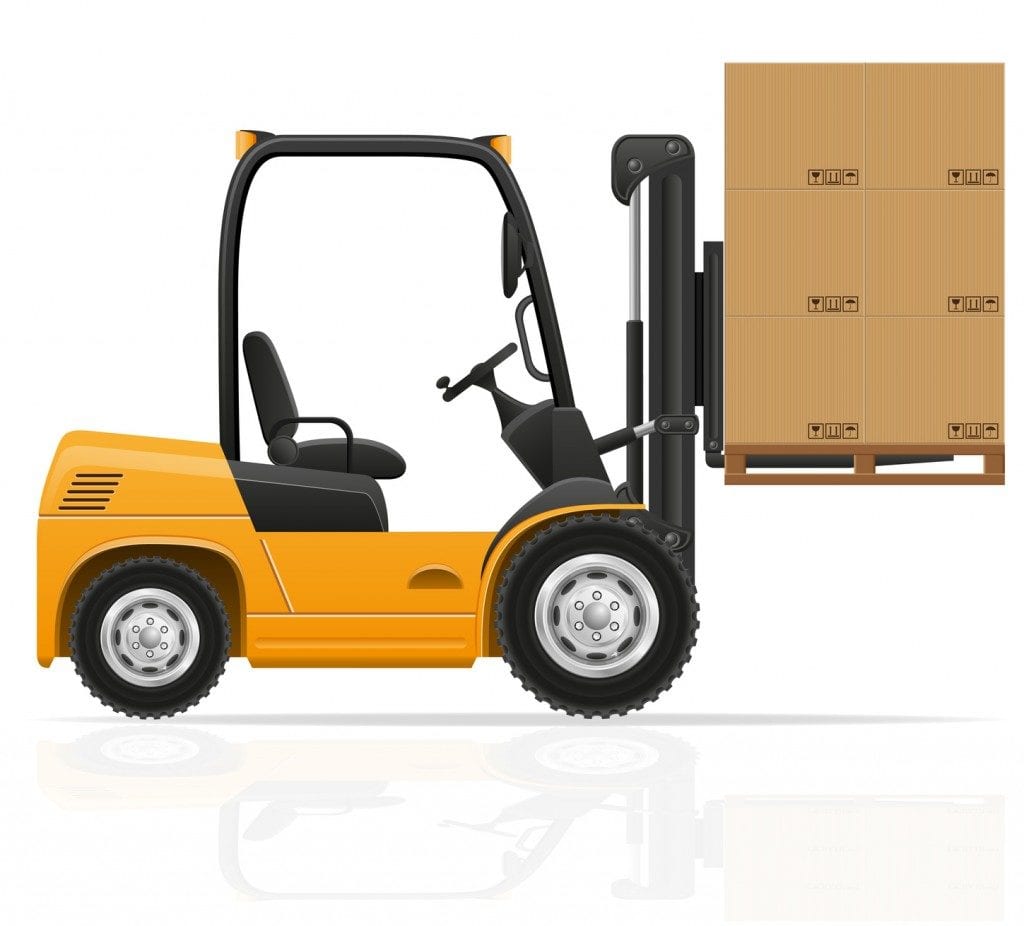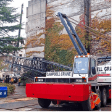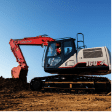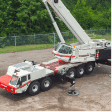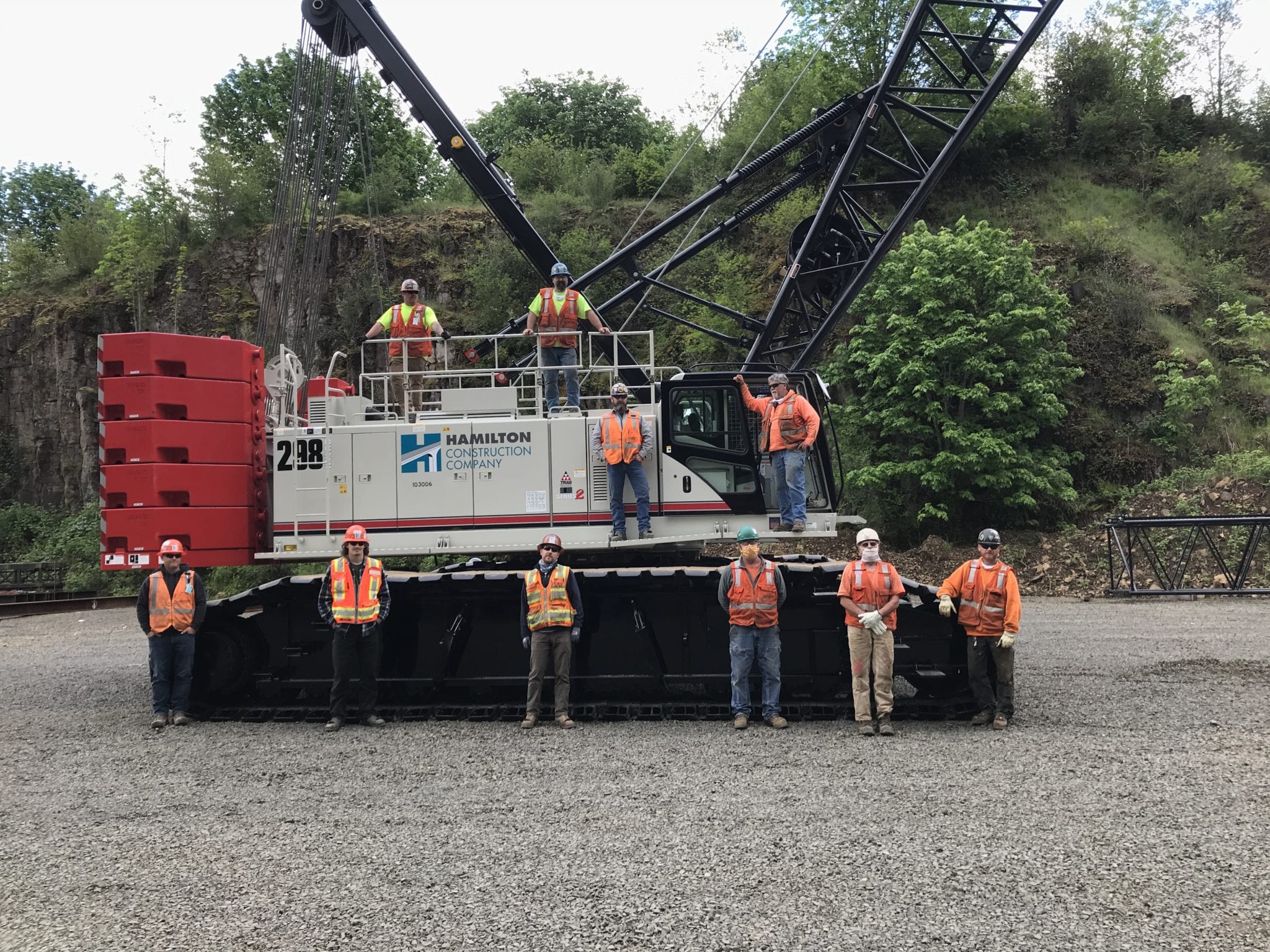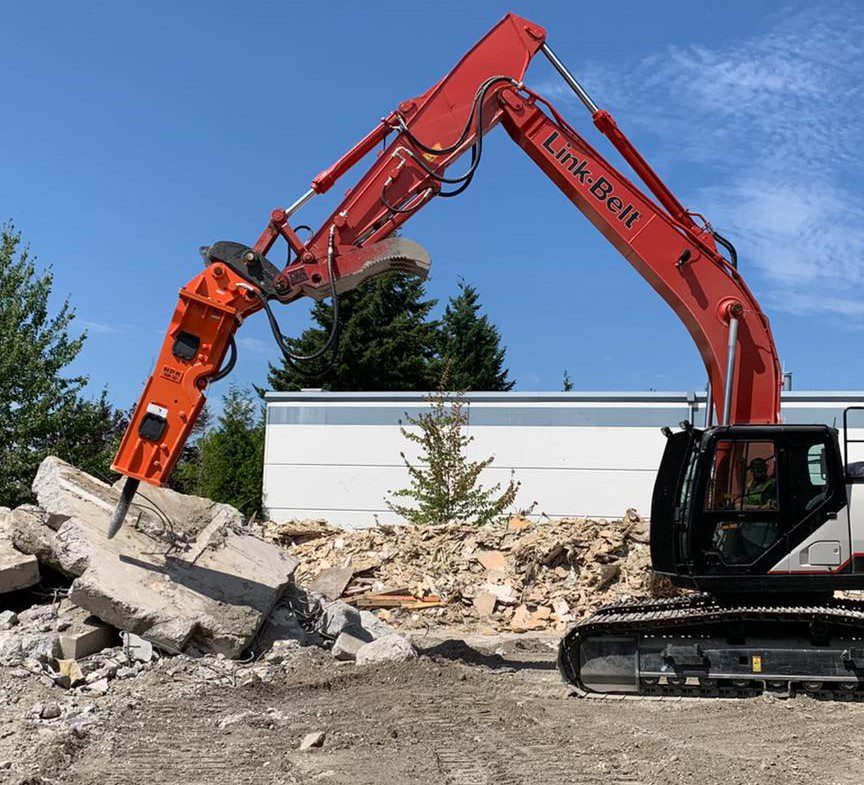Forklift & Heavy Equipment Safety
OSHA estimates forklifts cause about 85 fatal accidents per year; 34,900 accidents result in serious injury, 61,800 are classified as non-serious. There are about 855,900 forklifts in the U.S, therefore, over 11% of all forklifts will be involved in some type of accident each year!
How fast should you drive a forklift?
The maximum allowable speed of a forklift truck is 8 mph, but in areas where pedestrians move about, the forklift should not move faster than 3 mph.
What is the capacity for a forklift?
A forklifts load capacity is determined as the maximum weight that a forklift is able to safely carry at a specified load center. If the load is not centered at the precise position then the forklift’s capacity will, therefore, be reduced.
What is the proper way to secure a forklift?
- Secure lift truck when left unattended.
- Park in an approved location.
- Set the brakes.
- Lower the forks or load to the floor.
- Neutralize the controls.
- Turn off the motor switch.
All forklifts are required to have a load capacity plate/tag that identifies the specific load limits for that lift truck!
10 Equipment Safety Items when operating heavy equipment
- Equipment blind spots – what’s behind you – people, equipment??
- Communications – always be in communication with others working around you (spotter).
- Seatbelts – There is always no excuse but laziness for not wearing it – rollover hazards.
- Mounting / dismounting – 3 point of contact rule – at all times!
- Loading / unloading equipment – best operation is on level ground (use a spotter if high traffic area).
- Overhead / underground hazards – overhead power lines (Call 811 underground – sewer, gas, electrical, water, etc.)
- LOTO – OSHA – procedures in place to ensure before any employee performs servicing or maintenance on a machine where unexpected start-up or release of stored energy could occur and cause injury, the machine or energy source must be rendered inoperative. This includes hazards such as pinch points, attachments, and raised loads.
- Load limits – When lifting objects with a machine, make sure loads are secure with the proper rigging attachments, and always inspect to ensure they are in good working condition.
- Walk around inspection – Equipment should be inspected at least daily (start of shift) – Hydraulic hoses, undercarriage, oil levels, stress points, etc.
- Knowing your limits – Get out of the cab and look around if you’re unsure about working on a slope or around hazards.

